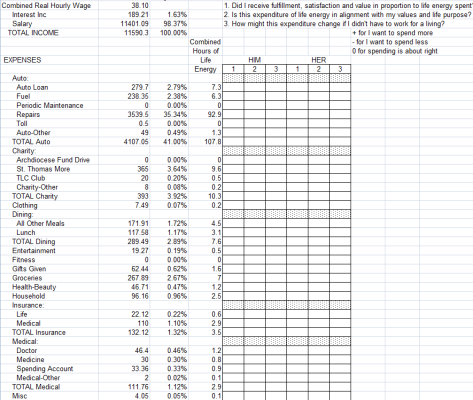Katsmeow
Give me a museum and I'll fill it. (Picasso) Give me a forum ...
- Joined
- Jul 11, 2009
- Messages
- 5,308
For the original question - I used YNAB4 to keep track of expenses. There is currently a new web-based YNAB that is just out that is subscription based. I have not decided yet when/if I will upgrade to that. Probably not for a while.
I have tested the new web-based YNAB to the could. I am not concerned about security. I am satisfied with YNAB's security:
YNAB Security
Beyond that, the primary reason is that there is nothing actually all that secret in my data. I don't put my account numbers or passwords in YNAB so someone knowing my spending is not that big a deal. If someone knows I have an American Express account so what? They don't have any info that would allow them to get into the account.
To those of you using software that uploads your data to the cloud, do you have any concerns about security?
I have tested the new web-based YNAB to the could. I am not concerned about security. I am satisfied with YNAB's security:
YNAB Security
Beyond that, the primary reason is that there is nothing actually all that secret in my data. I don't put my account numbers or passwords in YNAB so someone knowing my spending is not that big a deal. If someone knows I have an American Express account so what? They don't have any info that would allow them to get into the account.


